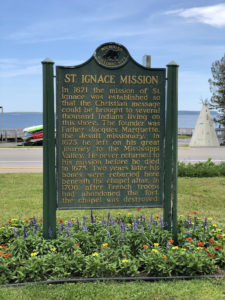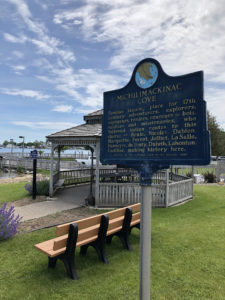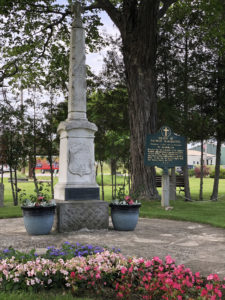The role that French explorers played in the early exploration of North America by Europeans is an often-overlooked aspect of American history. But they had a significant impact on early settlements including in the state of Michigan.
Frenchman Étienne Brûlé was the first European to visit Michigan in 1620. He started his expedition at Quebec City in Canada and traveled as far as the Upper Peninsula which would eventually become part of Michigan.
Throughout the 17th century, trading posts, forts and villages were built by the French throughout the future state. In 1668, at Sault Ste. Marie, the first permanent European settlement in Michigan was founded by explorer and priest Jacques Marquette.
In 1671, French missionaries led by Marquette founded the St. Ignace Mission. Located on the Upper Peninsula, today St. Ignace is the third oldest continuously inhabited city in the United States and the second oldest city established by Europeans in Michigan. The mission and city were named for St. Ignatius of Loyola, the founder of the Jesuit religious order whose priests were active as early missionaries across North America.
Marquette was buried in St. Ignace in 1677 and a memorial dedicated to him is one of the main attractions for people visiting the city today.
The most recognized French settlement in Michigan was at Fort Pontchartrain du Détroit, which was established in 1701 and would become the city of Detroit. The Fort was established by French officer Antoine de la Mothe Cadillac on the west bank of the Detroit River. Early French colonial settlements in the area were based on the fur trade, missions and farms.
The Seven Years’ War from 1754 to 1763 resulted in the defeat of France. Their North American colonies east of the Mississippi River were ceded to Britain, ending French involvement in European settlement of the territory. Michigan became a state in 1837.



